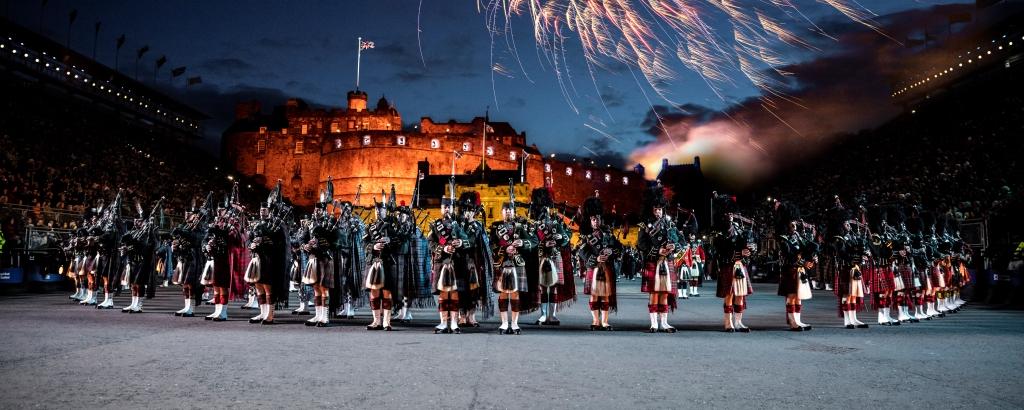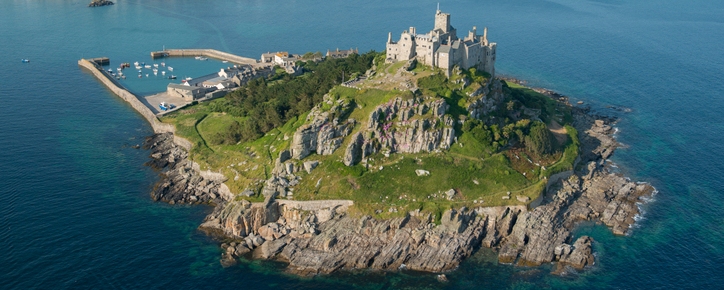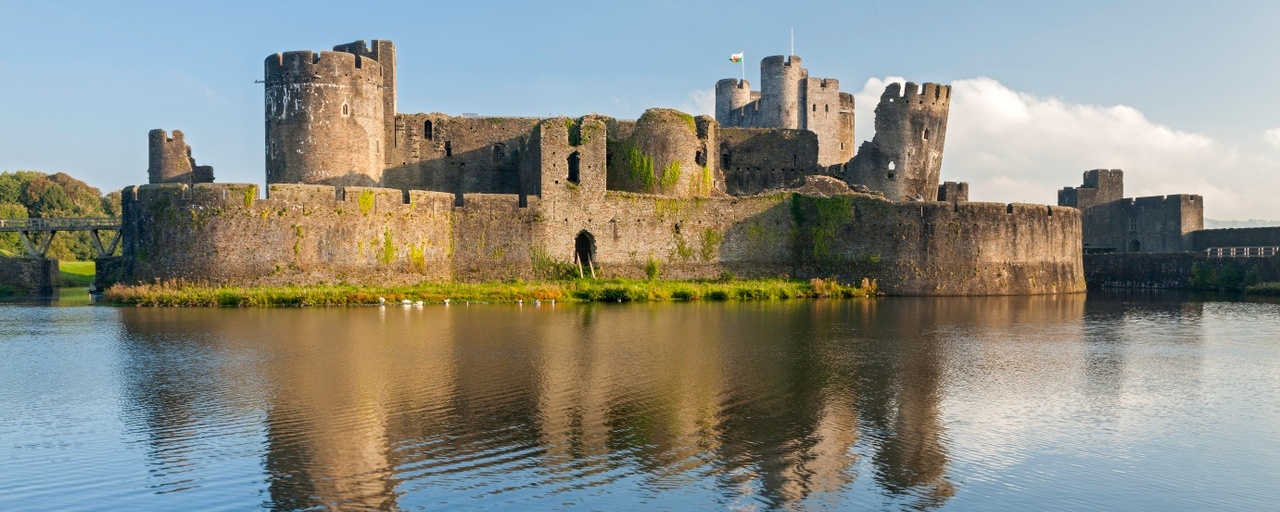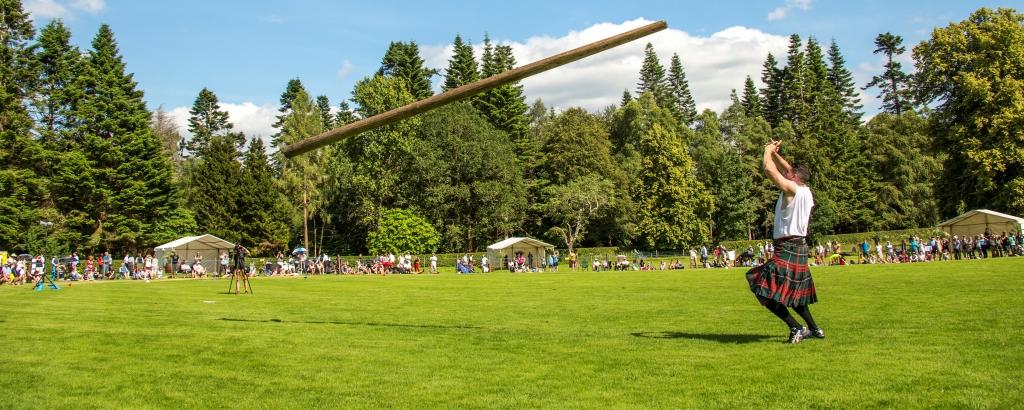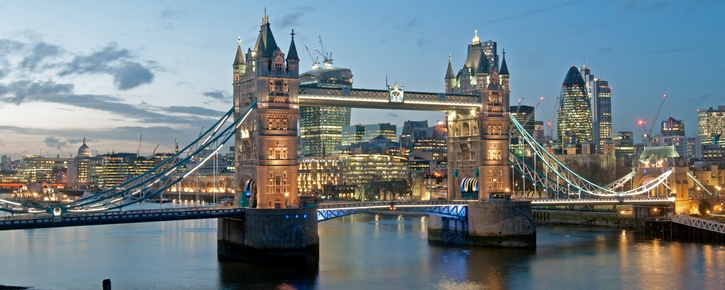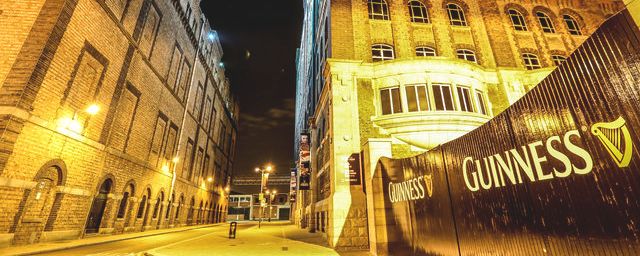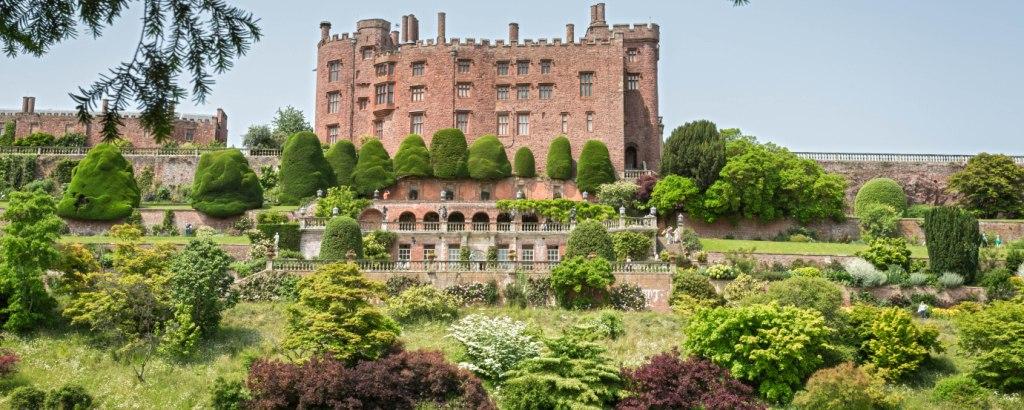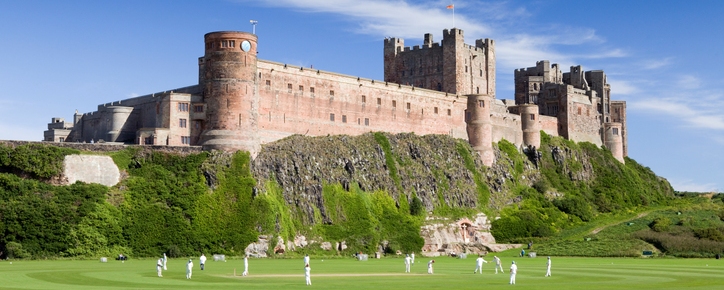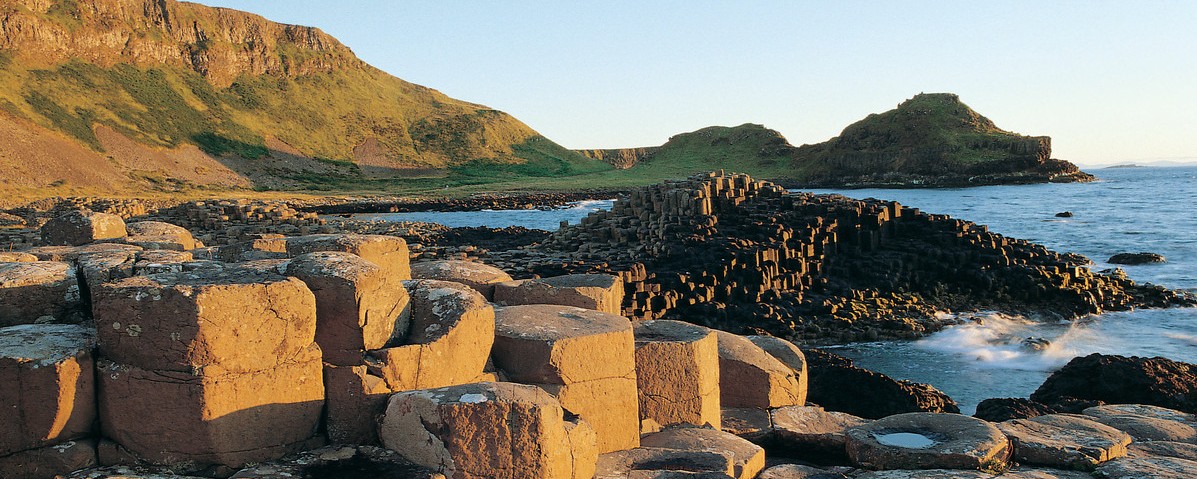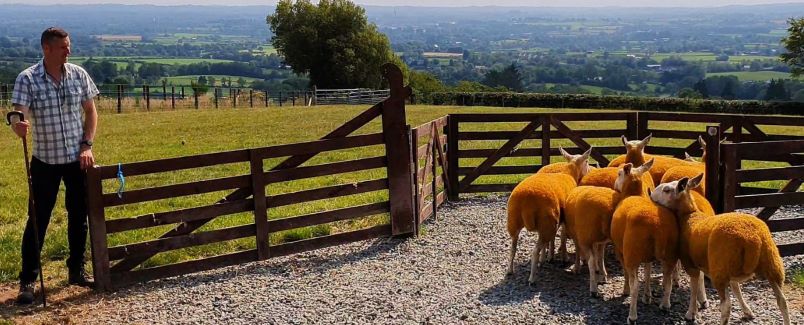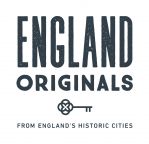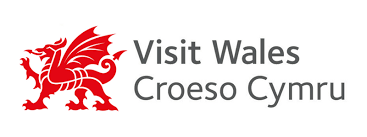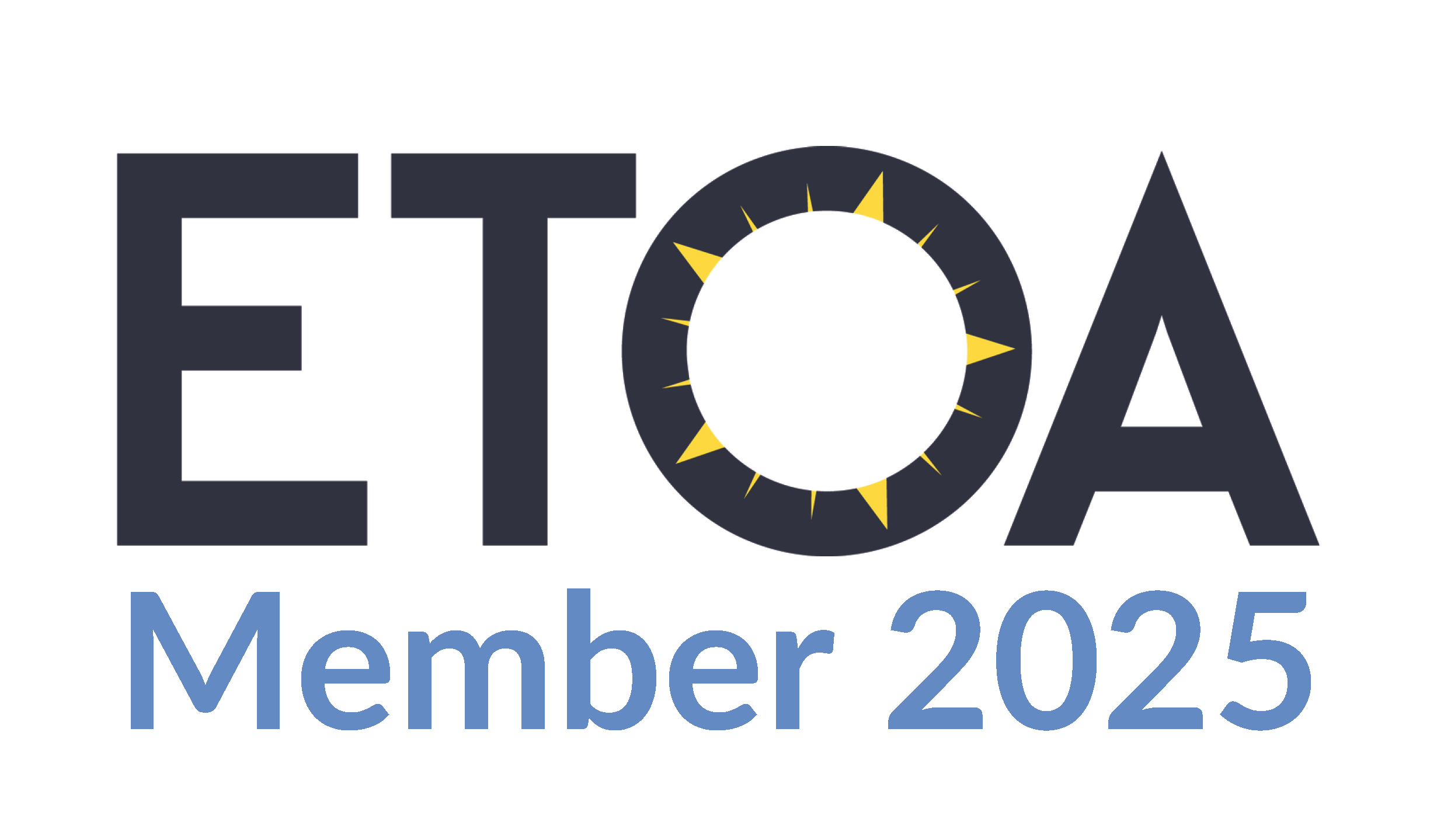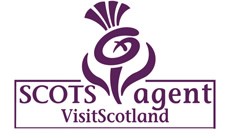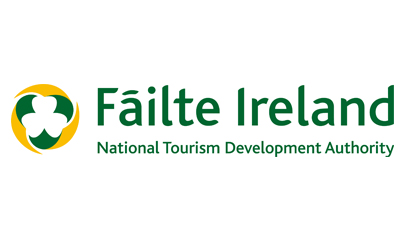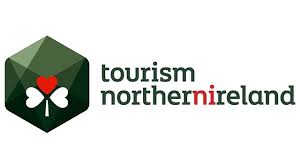National Famine Museum opens in the heart of Ireland
Ireland’s National Famine Museum has been officially opened at Strokestown Park House and Gardens in County Roscommon in the heart of the country, just over sixty miles from Galway.
The new museum, which has been developed by the Irish Heritage Trust in partnership with Fáilte Ireland, Ireland’s national tourism development authority, and owners of the property Westward Holdings, is a best-in-class visitor experience that will be internationally recognised as the main interpreter of the pivotal event in the history of Ireland, The Great Famine.
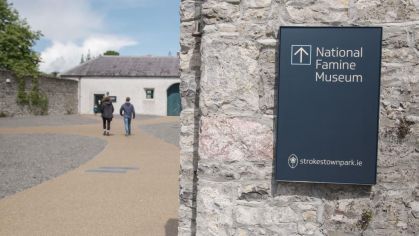 The National Famine Museum, courtesy Irish Heritage Trust
The National Famine Museum, courtesy Irish Heritage Trust
The National Famine Museum at Strokestown Park includes a world-class multimedia exhibition designed to tell the story of the Famine through the personal tragedies of the tenants on the Strokestown estate and of their landlords, the once prosperous Pakenham Mahon family.
The development work includes the creation of a new visitor centre, a destination café showcasing local produce and a new retail space within the visitor centre. The vaulted stone stables have also been converted into a space for hosting cultural events and ceremonies.
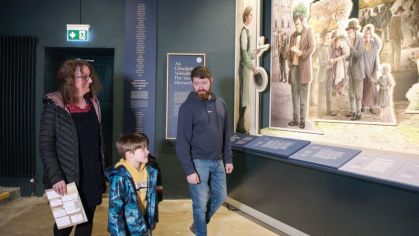 The National Famine Museum, courtesy Irish Heritage Trust
The National Famine Museum, courtesy Irish Heritage Trust
Speaking at the official launch of the National Famine Museum, Catherine Martin, Ireland’s Minister for Tourism, Culture, Arts, Gaeltacht, Sport, said: “This significant new museum and visitor experience re-tells the story of the famine in a captivating way and is expected to attract 115,000 visitors annually by its tenth year of operation, driving tourism in Ireland’s Hidden Heartlands. The National Famine Museum is an important addition to the visitor experience both locally and nationally and will serve to engage and educate visitors from at home and abroad and preserve the stories of The Great Irish Famine.”
Anne O’Donoghue, CEO of the not-for-profit organisation the Irish Heritage Trust said: “We look forward to welcoming visitors from across Ireland and overseas to enjoy this wonderful new visitor experience with three attractions at one destination: the immersive National Famine Museum; the guided tour of the Palladian House with its original furnishings and features; and the historic walled gardens and woodland walk.”
 The National Famine Museum, courtesy Irish Heritage Trust
The National Famine Museum, courtesy Irish Heritage Trust
Important conservation works to the Palladian mansion have also been completed to ensure this important 200-year-old heritage site will be preserved for future generations. Artefacts and documents from Strokestown’s extensive archive, which is home to the largest collection of material relating to the Great Famine, are showcased throughout the new museum, including the Cloonahee Petition.
Standing alongside the new museum, Strokestown Park House is a uniquely authentic and evocative experience, one of the only remaining historic properties in Ireland to retain its original features and collections. The mansion is packed with the personal items of the Pakenham Mahon family and has been carefully preserved, like a time capsule, to show what life for the landed gentry was really like, and the eventual decline of the great country house in Ireland.
 Strokestown Park House and Gardens, courtesy Irish Heritage Trust
Strokestown Park House and Gardens, courtesy Irish Heritage Trust
The National Famine Museum also acts as the start and/or end point of the historical National Famine Way, a walking and cycling trail following in the footsteps of the 1,490 people who were forced to emigrate from the Strokestown Estate in 1847. The trail links Strokestown with Dublin across the flat and well-surfaced paths along the Royal Canal.
If you or your group would like to discover more about the Great Irish Famine, and perhaps trace your ancestors’ place in Ireland’s history, please do contact our friendly team and we can put together a tailor-made itinerary for you.
